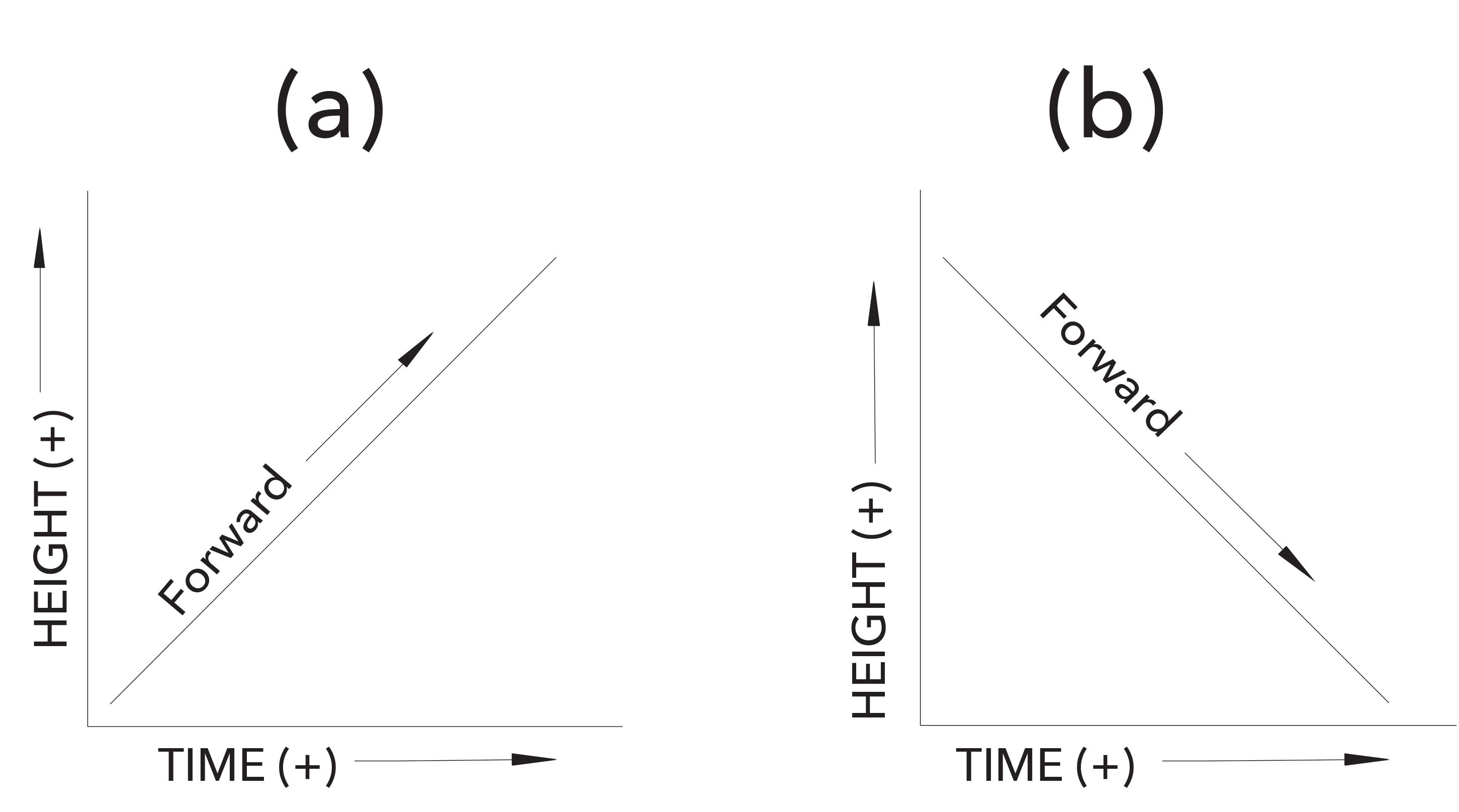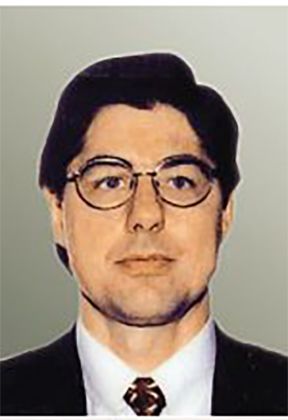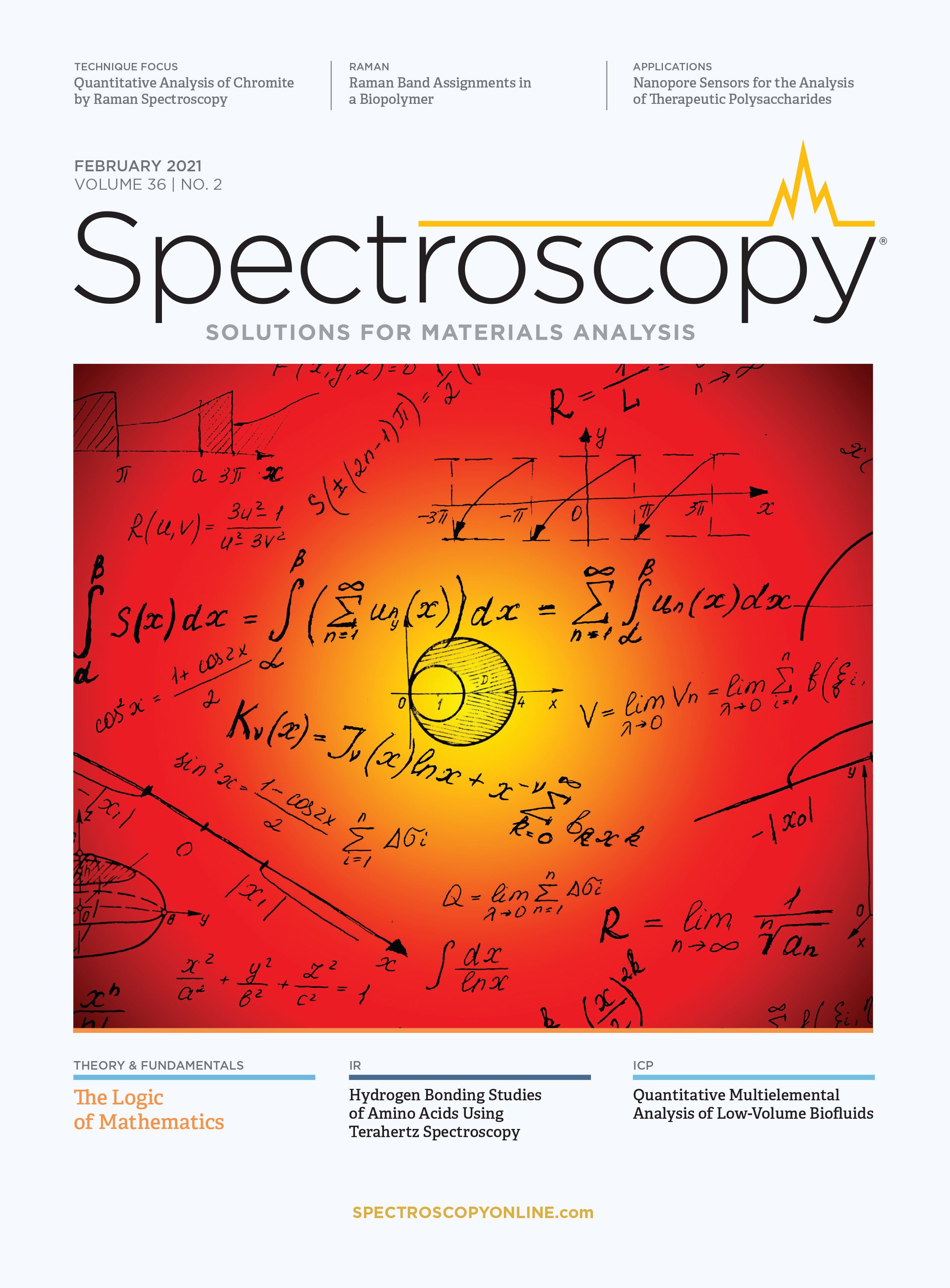Why Does -1 x -1 = 1?
Mathematics is a formal logic system, perhaps the ultimate formal logic system. Here we describe the elegance of the foundations of the mathematics that chemometrics is based on.
In high-school mathematics courses (such as algebra, Euclidean geometry, trigonometry), we learned that mathematics is a formal logic system, perhaps the ultimate formal logic system. Therefore, foundational primitive elements of this logic system underlie all of the higher developments in mathematics. In high school, we learned this in connection with the subject of the individual courses; we then went on to use the results developed to create higher levels of useful products of the logic system, including chemometrics. In the process of building the higher levels of the mathematical constructs, we ignored, and then eventually forgot, the primitive foundations of the mathematics that chemometrics is all based on. Those primitive bases include the answers to some interesting and important questions that we no longer ask ourselves, despite the fact that we use the answers to those questions all the time. In this column, we will consider the question: Why does -1 × -1 = 1?
Everyone knows that -1 x -1 = 1. How do we know that? Because one of the rules of arithmetic that we all learned early in our mathematical education, once we progressed beyond the four basic arithmetic operations, was that -1 × -1 = +1, and of course, that rule was generalized to all negative numbers. That was one of many rules that we learned early on at that time.
But why is that so? Why does that product not equal -1? Why does it not equal 0 or some other quantity? Did we never wonder about that? Some of us may have simply accepted it unquestioningly as one of the mysterious rules of mathematical life. Some of us may have had vague notions about “two negatives canceling each other,” or some similar concept. Some may have assumed, as we did, that it represents one of the fundamental primitive properties of numbers. Some may have simply accepted it because it makes the answers come out right. The reasons for the rule were never explained at the time. However, we learned the rule and internalized it, despite lack of an explanation.
It’s certainly easy enough to create examples that can verify that rule of performing arithmetic. Consider Figure 1, which shows a hill that a person (or car) can go either up (+) or down (-). In Figure 1a, the hill has a positive slope, so that, as time goes on, the movement is up the hill. In reality, we cannot have negative time, but we can speak of what happened a certain amount of time “ago,” that lets us know what happened at a previous time, and, in turn, gives us the conceptual equivalent of a negative time. In Figure 1a, positive time corresponds to the traveler increasing their height (or altitude), while “negative” time corresponds to decreasing altitude.
FIGURE 1: Schematic illustration of movement on a hill. In both parts of the figure, time is positive going toward the right, and height is positive upward. In part (a), movement with increasing time is up the hill (+), while in part (b), movement is down the hill (-). In both cases, moving toward “negative time” inverts the nature of the change in altitude.

On the other hand, in Figure 1b, the situation is reversed. The hill has a negative slope, so increasing time gives the traveler a decreasing height, and, more to the point, looking back to “negative time” shows the traveler at increasing altitudes as “negative time” increases. The two negatives (slope and time) operating together result in a positive change in altitude.
This example conforms to all of our expectations of how mathematical operations behave, especially that a negative (slope) times another negative (time) gives a positive result (altitude, in this example).
However, we know that mathematics doesn’t depend on examples to prove anything, because no matter how thorough you might have tried to be, you may have missed the one case that would constitute the key counterexample that disproves the generality of the rule that is being examined.
So how does mathematics prove anything beyond question, so that we can rely on it for all possible cases and conditions, and further, to be able to use it to prove other rules beyond question? For the answer to that question, we have to go back to our high school elementary classes in algebra, geometry, and trigonometry that all started with the basic fundamentals of how these mathematical constructs are developed. You’ll recall that we all started with a minimal set of “undefined terms” (points, lines, and numbers, for example) that could be used in conjunction with strict rules of logic to define more complicated mathematical objects.
Simultaneously, we learned about self-evident rules (such as “anything is equal to itself” and “two things that are equal to the same thing are equal to each other”), that were called axioms or postulates. These could be used, also, in accordance with the strict rules of logic, to unequivocally prove more advanced and complicated rules that we call propositions or theorems. We did that explicitly at the time, and since then, we have used those rules, constructs, and thought processes to create the chemometrics (and other complicated mathematical structures) we use today. We justified every step we took by showing that each step is the result of applying a basic principle, axiom or previously proven theorem. However, we rarely think about those underlying principles any more, despite that we rely on them constantly.
Recently, we were reminded of all this when we learned about the real reason behind the rule that tells us that -1 × -1 = +1. When we were taught that rule in our first course in elementary algebra, the rule was simply presented to us without further ex- planation, along with a few dozen other similar rules that enabled us to tackle the types of problems we were supposed to learn to solve. At the time, we learned it that way because we were not nearly sophisticated enough to understand, much less appreciate, the nuances involved. Later, once our general knowledge of mathematics grew and we might have understood and appreciated it, that rule was simply part of our mental toolbox that we could pull out and use when we needed it without further consideration of its origin. As a result, we were all led to believe that the property of multiplication that caused -1 × -1 to equal +1, and similarly for multiplication of other negative numbers, was simply one of those basic principles.
That may have led some of us to wonder about it and ask ourselves the questions that we started this column off with. Even so, it never went further than that, and we dropped the question in favor of other, more pressing issues. The only correct selection from the set of reasons proposed at the beginning of this article is “none of the above.” But if the result is not an axiom or a definition (which it isn’t), then what is it? And the correct answer to that question is that it must be a theorem.
So it was with ourselves, until one fine day, we heard a lecture from a mathematician, who explained that the behavior of multiplying two negative numbers to give a positive result was not a fundamental principle, but a theorem. Considering the relationship as a fundamental principle opens the door to puzzlement and question “Why that rule?” It certainly isn’t self-evident, as most of the other fundamental principles are. If it’s not a fundamental principle and is, as claimed, a theorem, then it must be unique and inevitable, and accepted without question. Before we can do that, however, it must be proved, and proved using only the fundamental principles or previously proven theorems. If it’s a theorem, then we should be able to prove it.
Before we can do that, though, we need to review what the fundamental principles that we will rely on are, and also some other definitions, axioms, and theorems that are universally accepted and that we can therefore use to prove other mathematical results. We will not present an exhaustive list, but we will include the ones we need to use now, in our own proof. So here goes:
The axioms we need are:
- Axiom #1: Everything is equal to itself (Identity).
- Axiom #2: Things equal to the same or equal things are equal to each other (this is needed to justify multistep derivations).
- Axiom #3: If the same or equal quantities are added to equal quantities, the results are equal.
- Axiom #4: If the same or equal quantities are subtracted from equal quantities, the results are equal.
- Axiom #5: If the same or equal quantities are multiplied by equal quantities, the results are equal.
The definitions and undefined terms we need are:
- Definition #1: The counting numbers (1, 2, 3, 4, ...). These come from antiquity and represent the first mathematical objects known to have been created, albeit for practical reasons. For example, a farmer needed to know and keep track of how many goats were in his herd.
- Definition #2: The number zero. The number zero has the properties that when it is added to any other number, the result is the same as the other number it was added to, and when multiplied by any other number, the result is also zero.
- Definition #3: The addition operation, which is proven by counting.
- Definition #4: The multiplication operation, which defines repeated addition (3×5, for example, = 5 + 5 + 5 = 15; 4 × a = a + a + a + a = 4a).
- Definition #5: The commutative rule for addition, which states that a + b = b + a.
- Definition #6: The commutative rule for multiplication, which states that a × b = b × a.
- Definition #7: The distributive rule, which states that A × (B + C) = (A × B) + (A × C). This is also a theorem. Proofs can be found on the internet.
Having now set out the background (and ground rules of allowable operations) for our derivation, we are ready to start.
Our first step is to define (-1). While not normally done, for the duration of this derivation, we will surround (-1) (and other negative numbers) with paren- theses to emphasize that it is a number that is a distinct entity unto itself. Our definition, expressed in words, is “(-1) is a number such that when it is added to 1, the result is zero.” Having defined (-1), other negative numbers can be expressed by applying definition 4: [for example, (-3)=3×(-1)=(-1)+(-1)+(-1)]
Converting the verbal statement to mathematical notation, the stated definition of (-1) is:
Definition #8: 1 + (-1) = 0 [1]
We can now begin our derivation. We use axiom 5 to multiply both sides of equation 1 by (-1):
(-1) × (1+(-1)) = (-1) × 0 [2]
We then apply the commutative rule (Definition 6) to the right-hand side (RHS) of equation 2:
(-1) × (1+(-1)) = 0 × (-1) [3]
and from the multiplication property of 0, highlighted in Definition 2:
(-1) × (1+(-1)) = 0 [4]
We now apply the distributive rule (Definition #7) to the left-hand side (LHS) of equation 4:
(-1) × 1 +(-1) × (-1) = 0 [5]
And apply the commutative rule (Defintion #6) to the first term on the LHS of equation 5:
1 × (-1) + (-1) × (-1) = 0 [6]
Using the definition of multiplication (Definition 4) for the first term on the LHS of equation 6:
1+ (-1) + (-1) ´ (-1) = 1 + 0 [7]
Using axiom 3, we now add 1 to both sides of equation 7:
1 + (-1) + (-1) × (-1) = 1 + 0 [8]
From the definition #8 of (-1) we see that “1 + (-1)” on the LHS of equation 8 = 0:
0 + (-1) × (-1) = 1 + 0 [9]
Applying the additive property from the definition of zero (definition #2) to both sides of equation #9, we come up with our final result:
(-1) × (-1) = 1 [10]
Q.E.D. (Quod erat demonstrandum; “that which was to be demonstrated”)
So, there we have it. We’ve proved that -1 × -1 = +1 using only the fundamental principles and previously proven statements. And our fingers never left our hands!
Now we know, finally and definitively, why (-1) x (-1) = 1: Because we’ve proved it!

Jerome Workman, Jr. serves on the Editorial Advisory Board of Spectroscopy and is the Senior Technical Editor for LCGC and Spectroscopy. He is also a Certified Core Adjunct Professor at U.S. National University in La Jolla, California. He was formerly the Executive Vice President of Research and Engineering for Unity Scientific and Process Sensors Corporation.

Howard Mark serves on the Editorial Advisory Board of Spectroscopy, and runs a consulting service, Mark Electronics, in Suffern, New York. Direct correspondence to: SpectroscopyEdit@mmhgroup.com

LIBS Illuminates the Hidden Health Risks of Indoor Welding and Soldering
April 23rd 2025A new dual-spectroscopy approach reveals real-time pollution threats in indoor workspaces. Chinese researchers have pioneered the use of laser-induced breakdown spectroscopy (LIBS) and aerosol mass spectrometry to uncover and monitor harmful heavy metal and dust emissions from soldering and welding in real-time. These complementary tools offer a fast, accurate means to evaluate air quality threats in industrial and indoor environments—where people spend most of their time.
Smarter Sensors, Cleaner Earth Using AI and IoT for Pollution Monitoring
April 22nd 2025A global research team has detailed how smart sensors, artificial intelligence (AI), machine learning, and Internet of Things (IoT) technologies are transforming the detection and management of environmental pollutants. Their comprehensive review highlights how spectroscopy and sensor networks are now key tools in real-time pollution tracking.
New AI Strategy for Mycotoxin Detection in Cereal Grains
April 21st 2025Researchers from Jiangsu University and Zhejiang University of Water Resources and Electric Power have developed a transfer learning approach that significantly enhances the accuracy and adaptability of NIR spectroscopy models for detecting mycotoxins in cereals.